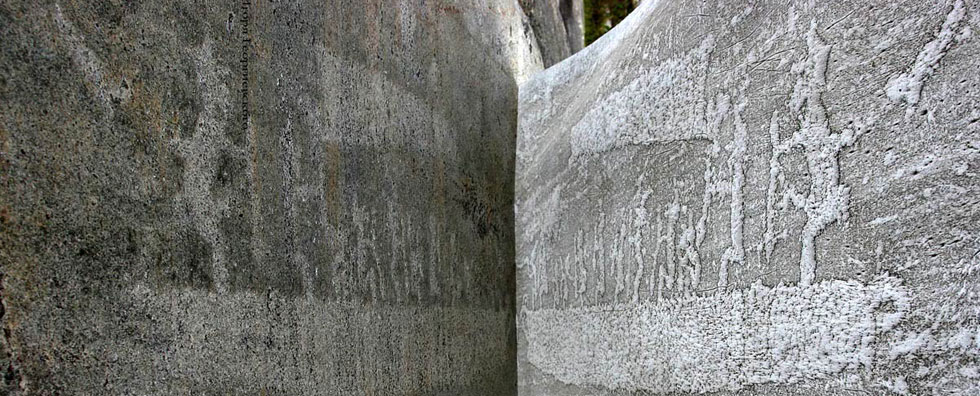
Issue №1, Vol. 21
Seliverstov A., Simonova I., Talykh A. Quality control of spruce and pine logs for manufacturing high value added production // Resources and Technology. 2024. №1, Vol. 21. P. 73‒85.
DOI: 10.15393/j2.art.2024.7523
Quality control of spruce and pine logs for manufacturing high value added production
| Seliverstov Alexander | Petrozavodsk State University, alexander@petrsu.ru |
| Simonova Irina | Petrozavodsk State University, shaina_irina@mail.ru |
| Talykh Alexey | Petrozavodsk State University, ata77@mail.ru |
|
Key words: spruce and pine logs; logging technologies; wood quality; souvenirs; musical instruments; learning games |
Summary: The article reports the results of studies assessing the quality of spruce and pine logs harvested using cut-to-length technology (chainsaw-forwarder and harvester-forwarder), for further processing to obtain high value added production (souvenirs, musical instruments, and learning games for children). The manufacture of such products is one of the promising areas focused on advance wood processing. The wood must be ecologically clean and of high quality. Also any surface imperfections should be avoided at the stage of timber harvesting in the forest. Due to some Karelian logging enterprises appeals the research was performed to assess the quality of spruce and pine logs for further supply for manufacturing high value added production. The research was performed in the winter and summer seasons in the forest. The main defects of the logs, caused by the technology used were identified as well as their qualitative and quantitative level for summer and winter conditions. The research has shown that the common defects of logs in the technologies studied are mechanical damage (breakouts, raised grains of timber, saw damages) and processing defects (snags, splitting, splints, shakes). All these defects significantly reduce the quality of spruce and pine logs for further processing and lead to the loss of valuable material for manufacturing products with high added value. Thus, organizational and technological solutions have been proposed to reduce the culling level of log defects. The proposed solutions make it possible to achieve a positive effect from the rational use of raw materials in manufacturing wood products with increased added value. Harvester and forwarder operators must meet the regulations while maintaining the mechanisms of technological equipment, and the harvester head used must provide high forces and pulling speeds. Loggers and forest machine operators must be trained to assure the quality of timber. |
Displays: 549; Downloads: 306;




